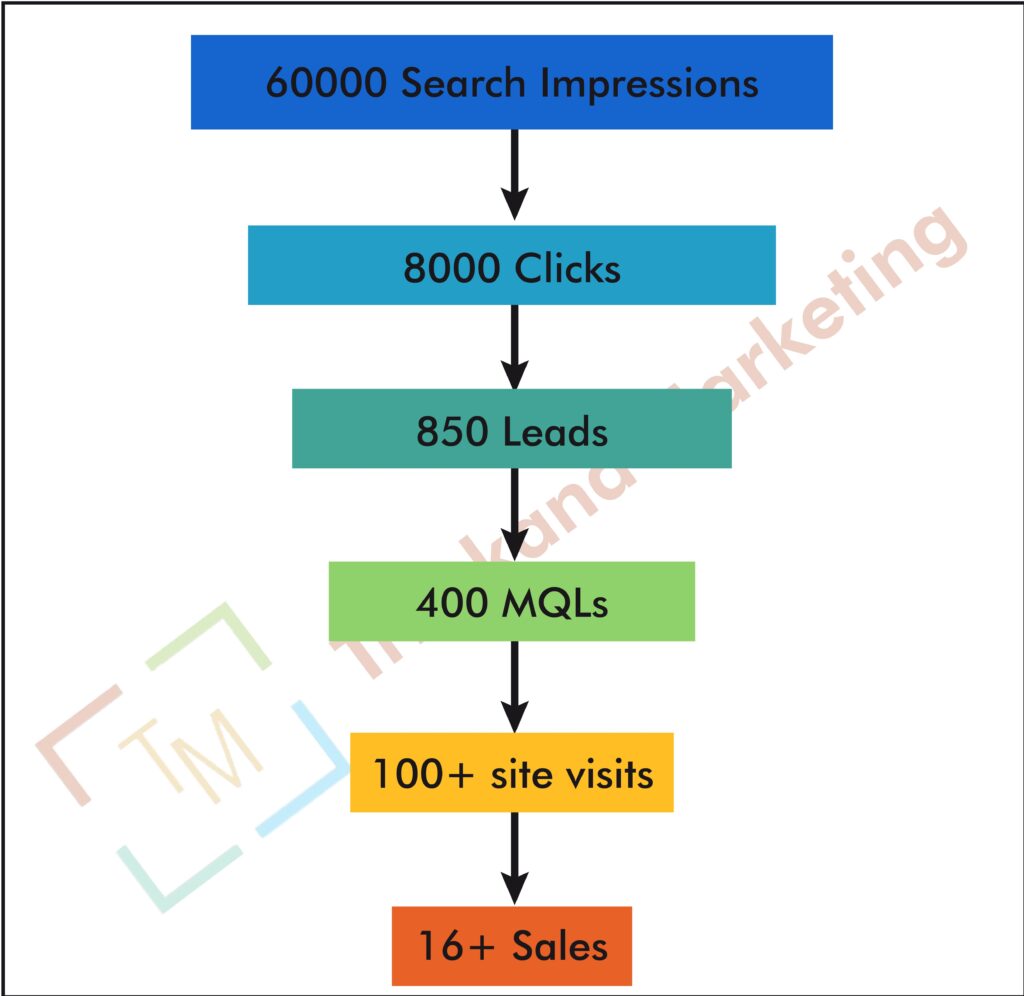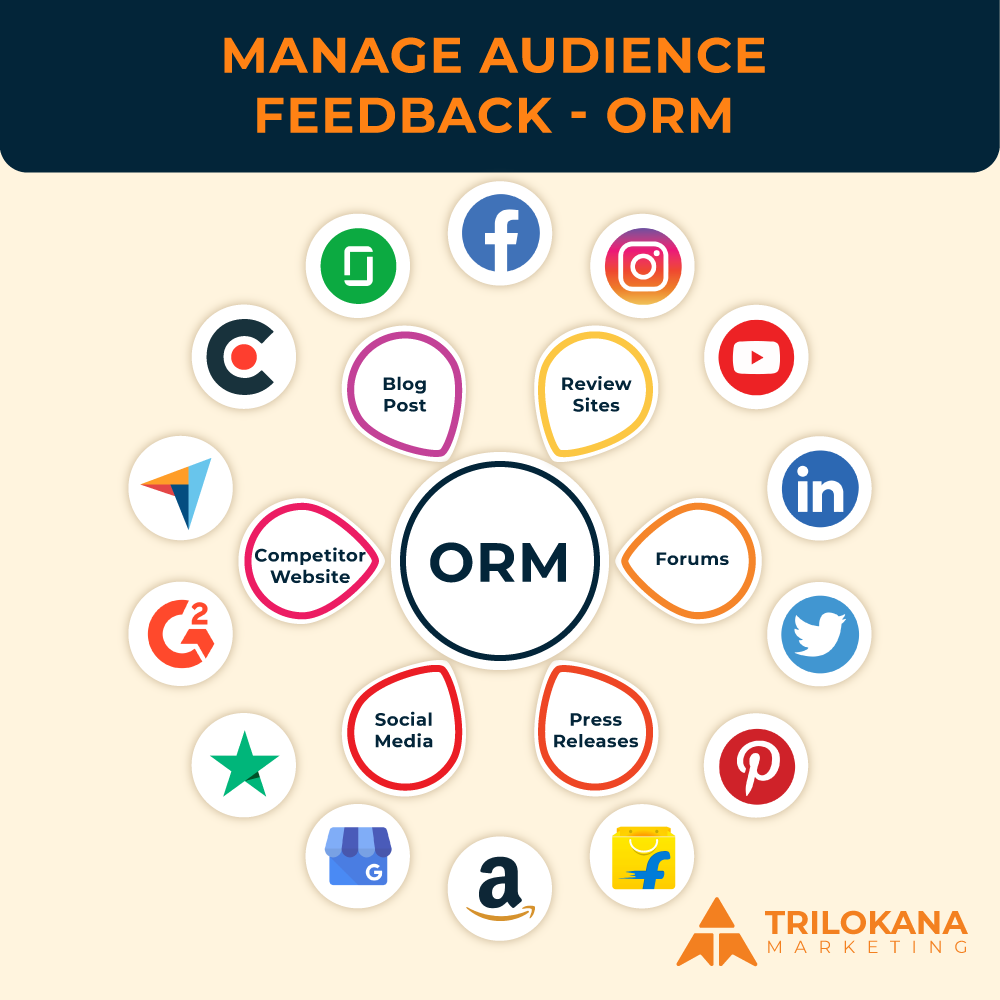In today’s digitally-driven world, social media is an essential tool for businesses and organizations to connect with their audience. For hospitals, social media presents a unique opportunity to build trust, foster engagement, and connect with patients on a more personal level. With the right strategies, hospitals can harness the power of platforms like Facebook, Twitter, Instagram, and LinkedIn to improve patient education, enhance brand reputation, and create a supportive online community.
In this blog post, we’ll dive into the most effective social media marketing strategies for hospitals, focusing on how to build trust and engagement with patients and the community.
Table of Contents
Introduction: The Importance of Social Media for Hospitals
Why Social Media Matters for Healthcare
Developing a Social Media Strategy
Best Social Media Platforms for Hospitals
Key Social Media Marketing Strategies for Hospitals
Building Trust Through Transparency
Managing and Responding to Patient Feedback
Leveraging Social Media for Health Campaigns
Measuring and Optimizing Social Media Performance
Conclusion: The Role of Social Media in Modern Healthcare
Introduction: The Importance of Social Media for Hospitals <a name=”introduction”></a>
In an era where patients often turn to the internet for health information, social media has emerged as a powerful platform for hospitals to engage with their audience. Patients, caregivers, and healthcare professionals alike are looking to social platforms for reliable health information, support, and engagement.
Hospitals that embrace social media not only improve their outreach efforts but also create meaningful relationships with patients. With thoughtful social media marketing, hospitals can build trust, humanize their brand, and establish themselves as a trusted source of medical information.
Why Social Media Matters for Healthcare <a name=”why-social-media-matters”></a>
The role of social media in healthcare is significant, as it helps hospitals achieve several important objectives:
- Patient Education: Social media platforms are excellent channels to share informative content about health conditions, treatments, preventive care, and wellness tips.
- Trust and Transparency: By showcasing their expertise and commitment to patient care, hospitals can build trust with their audience.
- Real-Time Communication: Hospitals can use social media to communicate important updates, including new services, policy changes, and healthcare tips.
- Patient Engagement: Social media encourages interaction, enabling hospitals to respond to patient queries, concerns, and feedback quickly.
- Community Building: Hospitals can create an online community where patients can share their experiences, offer support, and feel connected to the hospital’s mission and values.
In short, social media bridges the gap between healthcare providers and patients, offering a space for communication, education, and trust-building.
Developing a Social Media Strategy <a name=”developing-a-strategy”></a>
Before diving into social media marketing, hospitals need to develop a clear strategy that aligns with their goals and values. Here are key steps to consider:
- Define Your Objectives: What do you hope to achieve through social media? Objectives may include increasing patient engagement, improving brand awareness, educating the public, or promoting specific services.
- Identify Your Target Audience: Understanding who you are trying to reach is essential for crafting messages that resonate. Are you targeting current patients, potential patients, or caregivers? Knowing your audience will help you tailor content appropriately.
- Choose the Right Platforms: Each social media platform has a unique audience and set of features. Understanding where your target demographic spends time will help you select the right platforms (more on this below).
- Create a Content Calendar: A well-organized content calendar ensures consistent posting and helps align your efforts with important health events or hospital updates.
Best Social Media Platforms for Hospitals <a name=”best-platforms”></a>
Not all social media platforms are created equal, and hospitals should focus their efforts where they will have the most impact. Here are the most effective platforms for healthcare organizations:
- Facebook: Facebook remains the largest social network and is a key platform for hospitals. It allows for a variety of content types—videos, articles, patient stories—and offers robust advertising options.
- Instagram: Instagram’s focus on visual content is perfect for showcasing behind-the-scenes images, highlighting staff, and sharing patient success stories. Hospitals can also use Instagram Stories to provide timely updates or interactive Q&A sessions.
- Twitter: Ideal for quick updates, real-time engagement, and sharing news articles or medical research. Twitter is also effective for participating in healthcare-related hashtags and conversations.
- LinkedIn: Hospitals can use LinkedIn to highlight achievements, share press releases, and connect with other healthcare professionals. It’s a great platform for showcasing hospital leadership and promoting thought leadership content.
- YouTube: For hospitals looking to produce longer-form video content, YouTube offers an ideal platform for educational videos, patient testimonials, and recorded webinars.
Key Social Media Marketing Strategies for Hospitals <a name=”key-strategies”></a>
Content that Educates and Informs <a name=”content-educates”></a>
One of the most effective ways hospitals can engage with their audience is by offering valuable, educational content. Patients are often seeking answers to health-related questions, and your hospital can be the trusted source they turn to for accurate information.
Types of Educational Content:
- Blog posts or articles on health conditions, treatments, and prevention.
- Infographics on wellness tips and healthy living.
- Short videos explaining medical procedures or healthcare trends.
Tip: Ensure that your content is easy to understand and avoids excessive medical jargon. Break down complex topics into digestible pieces of information.
Sharing Patient Success Stories <a name=”sharing-patient-stories”></a>
Patient stories are powerful because they humanize the healthcare experience and build emotional connections. Sharing real-life success stories on social media can inspire trust in your hospital and showcase the quality of care you provide.
How to Share Patient Stories:
- Use written testimonials, accompanied by a patient’s photo or video (with permission).
- Create video interviews with patients who are willing to share their journey with others.
- Feature before-and-after case studies for procedures like surgeries or treatments.
Live Q&A Sessions and Webinars <a name=”live-qas”></a>
Hosting live Q&A sessions or webinars is an excellent way to engage with patients in real-time. Hospitals can use these sessions to answer common patient questions, address healthcare concerns, and share expert advice on trending medical topics.
Platforms for Live Events:
- Facebook Live
- Instagram Live
- YouTube Live
- Twitter Spaces
Engaging Visual Content <a name=”visual-content”></a>
Visual content such as photos, infographics, and videos can significantly boost engagement on social media. Hospitals can use visuals to share quick health tips, hospital updates, or even take followers behind the scenes for a day in the life of healthcare professionals.
Ideas for Visual Content:
- Infographics about seasonal health concerns (e.g., flu prevention tips).
- Videos of hospital tours, new technology, or introductions to staff.
- Images highlighting community events, hospital initiatives, or patient milestones.
Highlighting Your Staff and Medical Experts <a name=”highlight-staff”></a>
Highlighting your hospital’s staff and medical experts is a great way to build trust and create a more personal connection with patients. Introduce your social media audience to the faces behind the hospital walls by featuring doctors, nurses, and support staff.
How to Feature Staff:
- Share profiles of doctors and specialists, including their credentials and areas of expertise.
- Post “day in the life” features showcasing what it’s like to work in different hospital departments.
- Celebrate milestones such as staff anniversaries, awards, or recognitions.
Building Trust Through Transparency <a name=”building-trust”></a>
Transparency is a critical element in building trust with your audience. Patients want to feel confident that they are making informed decisions about their healthcare, and hospitals should aim to provide as much transparency as possible.
Ways to Build Transparency:
- Share updates on hospital policies, patient safety measures, and new services.
- Post information about the quality of care your hospital provides, such as patient satisfaction ratings or accreditation information.
- Be open about any challenges your hospital may face and how you are addressing them (e.g., COVID-19 response efforts).
Managing and Responding to Patient Feedback <a name=”patient-feedback”></a>
Social media is a two-way street, meaning that hospitals must be prepared to manage and respond to patient feedback. Engaging with patients who leave comments, reviews, or questions on your social media pages is essential for building trust and loyalty.
Best Practices for Managing Feedback:
- Respond promptly to comments and messages, whether positive or negative.
- Acknowledge and thank patients for their feedback.
- For negative feedback, respond professionally and offer to take the conversation offline for resolution.
Leveraging Social Media for Health Campaigns <a name=”health-campaigns”></a>
Social media is a great platform for launching health awareness campaigns, such as Breast Cancer Awareness Month or Heart Health Month. These campaigns can promote preventive care, encourage screenings, and educate the public on critical health issues.
How to Run a Successful Health Campaign:
- Create a dedicated hashtag to encourage participation and sharing.
- Share daily or weekly posts with tips, facts, and resources related to the campaign.
- Partner with influencers or local organizations to amplify the campaign’s reach.
Measuring and Optimizing Social Media Performance <a name=”measuring-performance”></a>
As with any marketing effort, it’s essential to track the performance of your social media activities to understand what’s working and what can be improved. Using social media analytics tools like Facebook Insights, Instagram Analytics, or Hootsuite, hospitals can track engagement, reach, and follower growth.
Key Metrics to Track:
- Engagement Rate: The number of likes, comments, shares, and clicks your posts receive.
- Reach: The number of people who see your content.
- Follower Growth: How your audience size increases over time.
Use this data to refine your strategy, focusing on the types of content and platforms that resonate most with your audience.
The Role of Social Media in Modern Healthcare
In the modern healthcare landscape, social media is more than just a marketing tool; it’s a way for hospitals to build relationships, educate their audience, and foster a sense of community. By implementing thoughtful social media strategies, hospitals can enhance patient engagement, build trust, and ensure that their brand is seen as a trusted, transparent, and compassionate healthcare provider.
In a world where patients are increasingly turning to social media for health information, hospitals must be proactive in creating a strong, engaging online presence that reflects their commitment to quality care and patient well-being.



